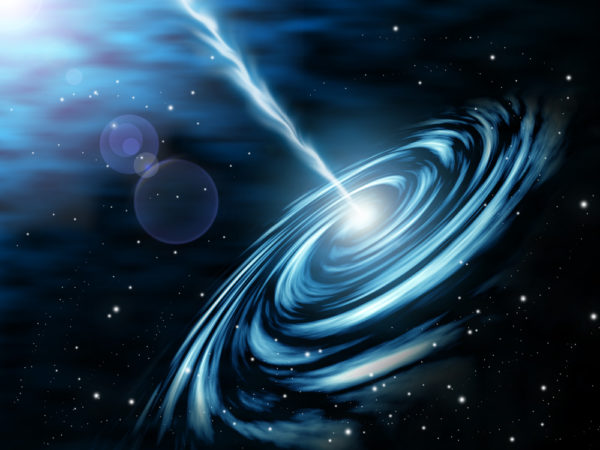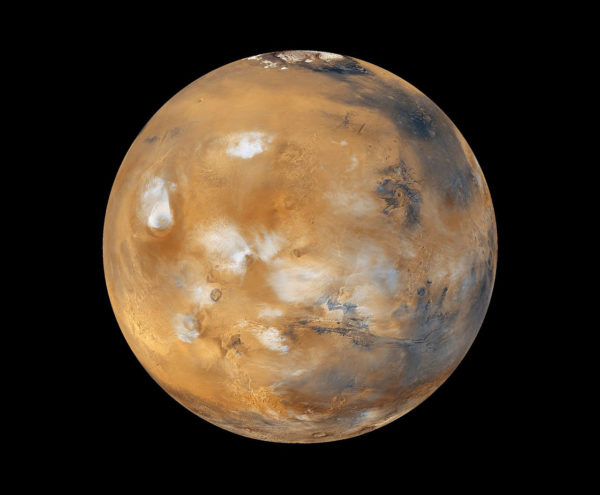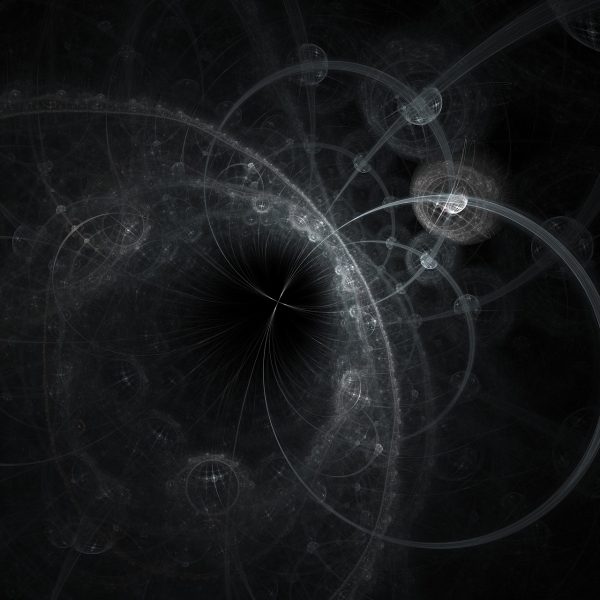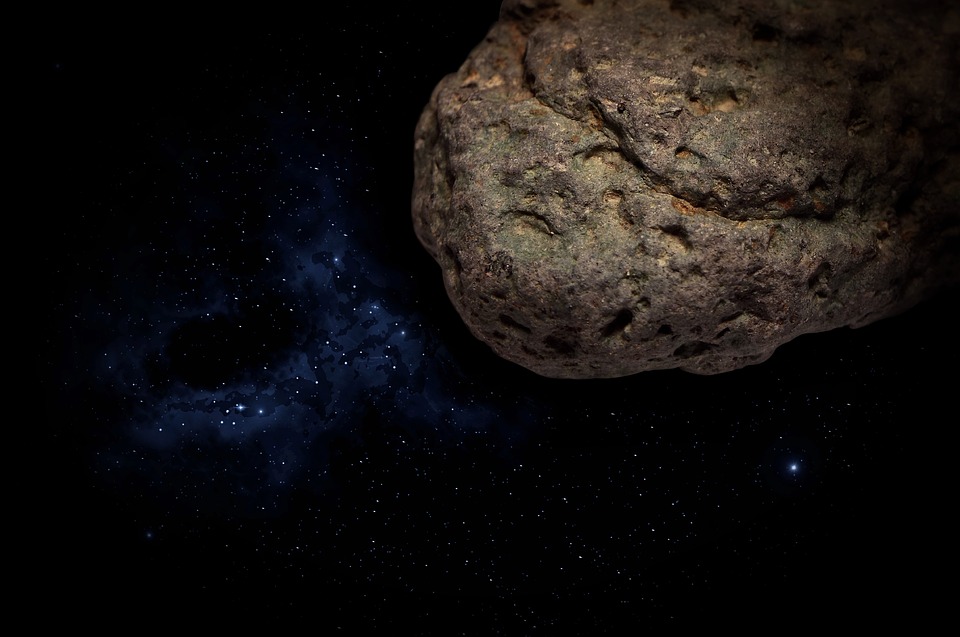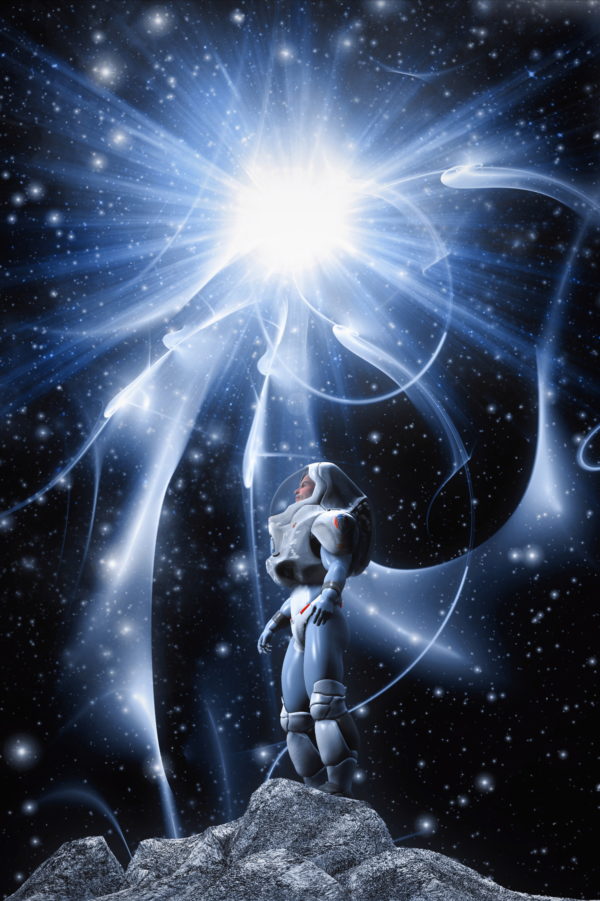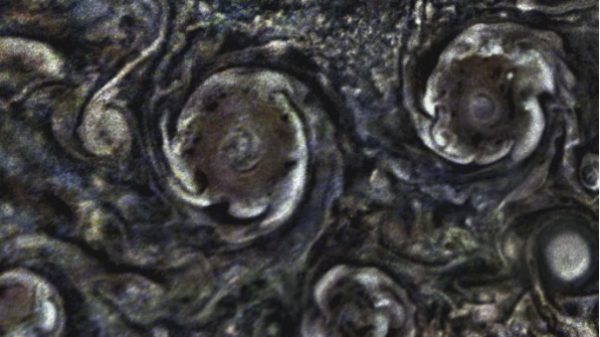You Had Me At “Black Hole Power Sucking Aliens”
Aliens could be sucking power from black holes — and that could be how we’d spot the extraterrestrials, scientists say. This energy-harvesting technology could leave traces just outside a spinning black hole’s event horizon — the boundary beyond which a black hole’s gravity becomes too strong for matter and energy to escape. And the process could explain at least some flares of plasma, a white-hot form of charged gas, that scientists have already detected near these massive disruptions in time and space. a new study published Jan. 13 in the journal Physical Review D proposes. And while it’s only a … Read more



